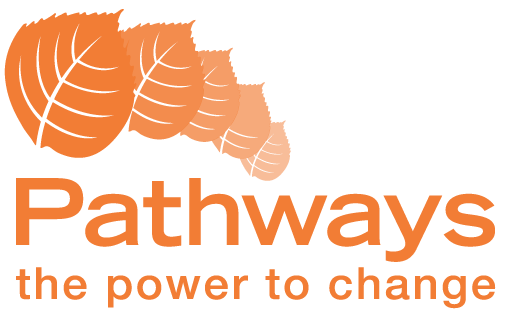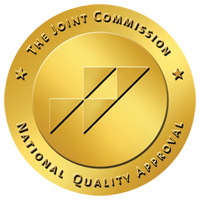For many teens, the years between exiting high school and entering their early twenties becomes a time of experimentation and rebellion against societal expectations. Often, this experimentation includes the use of drugs and/or other intoxicating substances. But the types of drugs and frequency of usage is changing for today’s college-aged teens. Let's examine some trends in usage among this group.
Up in Smoke
Cigarettes have been a ubiquitous rite of passage into adulthood for decades. Turning eighteen has signaled a change in expectations, rights, and freedoms with buying and smoking tobacco often playing a part in this ceremonial aging process. And it is no accident that tobacco companies heavily target this group in their ad campaigns. But now there is a new contender on the block, with marijuana becoming a more popular smoking substance than tobacco amongst college students. Of those polled through the University of Michigan’s Institute for Social Research, 5.9% of students said they smoked marijuana regularly, and only 5.2% reporting smoking cigarettes as regularly. Be it a more high-profile topic in medical news and politics, a more relaxed approach from society or a combination of the two, marijuana usage seems to be on the rise. It should also be noted that cigarette usage has been on a decline amongst these same age groups for over a decade now. Even conceding this caveat, it is evidently clear marijuana is seeing a rise in popularity across the country.
Alcohol Use Going to Pot
As you can probably imagine, alcohol is still very popular amongst college-aged adults. It’s availability and undeniable effects have helped to keep it a staple of many social gatherings and casual occasions. On an average day, 1.2 million college students will consume an alcoholic drink. Compared to roughly 700,000 students smoking pot per day, alcohol still has the bigger lead, but marijuana use is catching up. Some studies suggest that smoking marijuana, although mostly illegal in the U.S., is seen as less harmful or likely to lead to a hangover versus alcohol. Some students indicated that marijuana usage became their more popular choice as they grew older, as alcohol intoxication became less enjoyable. Overall, students choose alcohol more often, but this trend towards marijuana seems to be moving in much the same direction as that of cigarettes’ popularity.
Pharmaceutical Drugs: A Prescription for Trouble
Possibly the most alarming aspect of teen drug usage is the sharp rise in prescription drug abuse over recent years. Either through availability or perceived necessity, more and more undergrads are taking prescription drugs. And, not surprisingly, more and more college students are reporting problems with substance use or abuse of prescription pills. In fact, more teens are dying of prescription pill overdoses than heroin and cocaine combined. These are staggering numbers, which show no signs of change.
Although much of our focus has been on a particular segment of the population, these trends can be echoed in numerous other demographic groups. For example, prescription drug abuse has affected almost every subset of our population in some way. Communities across the nation have seen opiate overdoses on a steady incline and illegal drug sales, often to compensate for a lack of prescription availability, similarly following these rising numbers. Drug usage amongst teens, college bound or not, is always an indication of future societal problems, as teens struggling with use and addiction are statistically more likely to continue their usage into adulthood.
If you have a teen or even pre-teen, talk to them about these issues. Parents who have frank discussions with their children about drug use and addiction lessen the chances of their children falling into these traps by almost 42%. Unfortunately, only about 25% of college-aged teens report that they have had these conversations with their parents. If you or someone you know is struggling with addiction, seek treatment now, before it's too late.


